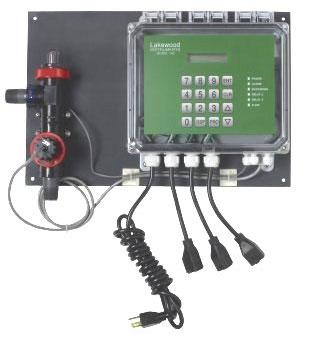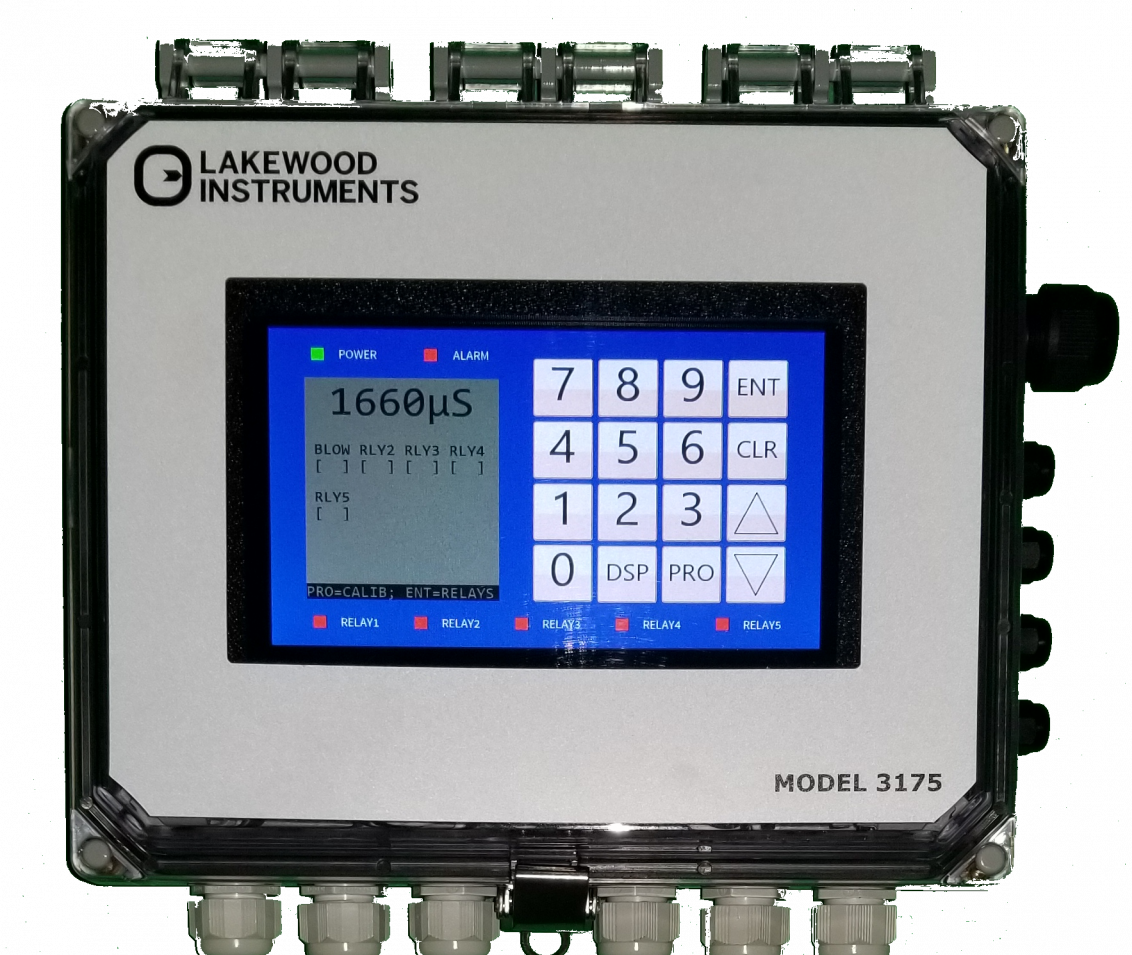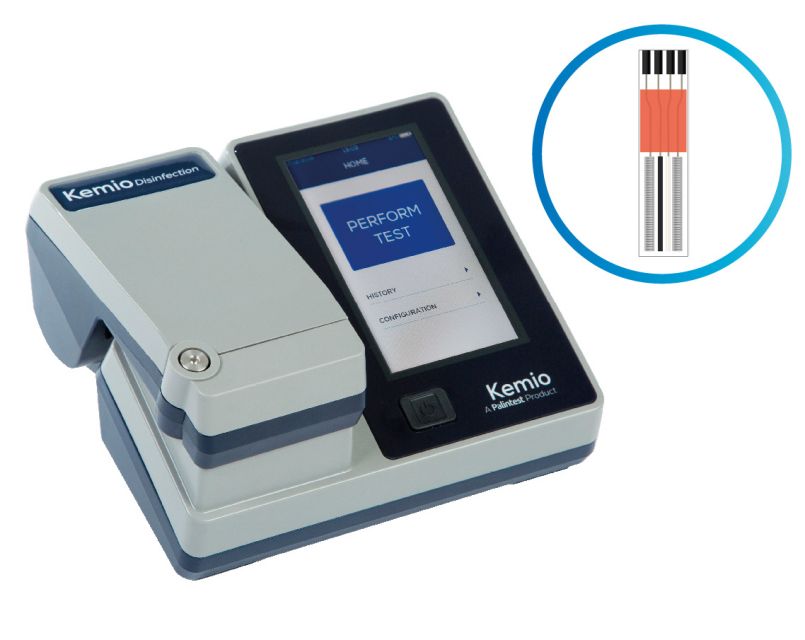Copper in Drinking Water Health Effects and How to Reduce Exposure
April 17, 2017 0 Comments

In 1991, the U. S. Environmental Protection Agency (EPA) established rules for controlling lead and copper levels in public water supplies. Since that time, water systems across the country have been sampling water in the homes of their customers to determine if there is a problem. Enclosed is information on copper in drinking water: why it is cause for concern, how it enters water, and how you and your family can reduce your exposure to it.
Copper is a reddish metal that occurs naturally in rock, soil, water, sediment, and air. It has many practical uses in our society and is commonly found in coins, electrical wiring, and pipes. It is an essential element for living organisms, including humans, and-in small amounts-necessary in our diet to ensure good health. However, too much copper can cause adverse health effects, including vomiting, diarrhea, stomach cramps, and nausea. It has also been associated with liver damage and kidney disease.
The human body has a natural mechanism for maintaining the proper level of copper in it. However, children under one year old have not yet developed this mechanism and, as a result, are more vulnerable to the toxic effects of copper. People with Wilson's disease also have a problem with maintaining the proper balance and should also exercise particular care in limiting exposure to copper.
Water is one of the ways that copper may enter our bodies. The EPA has established an "action level" for copper in drinking water. This action level is exceeded if the level of copper in more than 10 percent of the tap water samples collected by a water system is greater than 1,300 micrograms per liter (or 1,300 parts per billion). You may wish to check with your water supplier for the results of the copper testing it did. Steps should be taken to reduce exposure if this level of 1,300 parts per billion is exceeded.
This level has been set to protect against acute toxic effects in humans. However, it is not protective against copper toxicity in sensitive members of the population, such as those with Wilson’s disease, who will have to further limit their intake of copper from all sources.
How can I reduce my exposure to copper?
Copper works its way into the water by dissolving from copper pipes in the household plumbing. The longer the water has stood idle in the pipes, the more copper it is likely to have absorbed. (Newer homes with copper pipes may be more likely to have a problem. Over time, a coating forms on the inside of the pipes and can insulate the water from the copper in the pipes. In newer homes, this coating has not yet had a chance to develop.) Thus, anytime the water has not been used for more than six hours-overnight, for example, or during the day when people have been gone to work or school-it should be cleared from the pipes before being used for drinking or cooking.
This can be achieved by letting the cold water faucet run until you can feel the water getting colder-usually 30 to 60 seconds. This must be done before taking drinking water from any faucet in the house.
In addition, hot water dissolves copper more quickly than cold water; as a result, water to be used for drinking or cooking should not be drawn from the hot water tap. If you need hot water for cooking or drinking, take water from the cold tap and heat it. It is especially important not to use the hot water for making baby formula.
What is my local water supplier doing about copper?
Water supply systems that have exceeded the federal “action level” of 1,300 parts per billion of copper are taking a number of steps to deal with the problem. These include testing the source water for contamination and treating the water to make it less corrosive or less likely to absorb copper from the plumbing.
Also in Blog

Advanced Cooling Tower Management: Enhancing Efficiency with Lakewood Model 140
February 28, 2024 0 Comments

Optimizing Cooling Tower Performance: Understanding Efficiency, Maintenance, and Water Quality Management
February 28, 2024 0 Comments

Revolutionizing Water Analysis: Everything You Need to Know About the Kemio KEM10DIS
April 19, 2023 0 Comments

